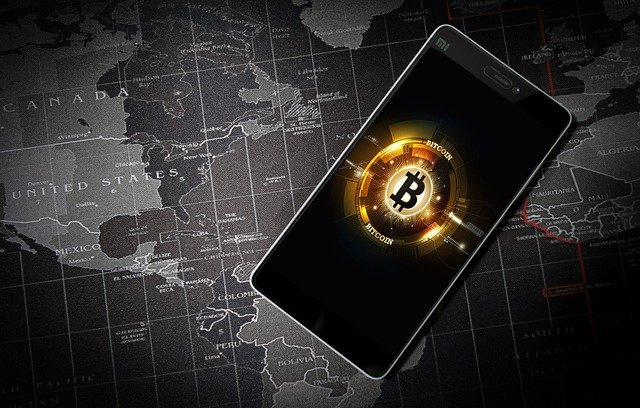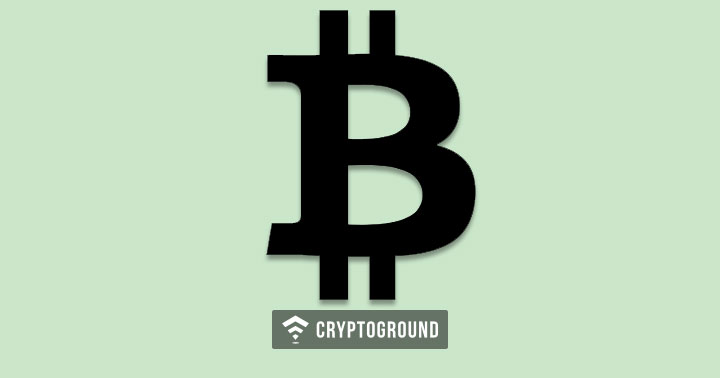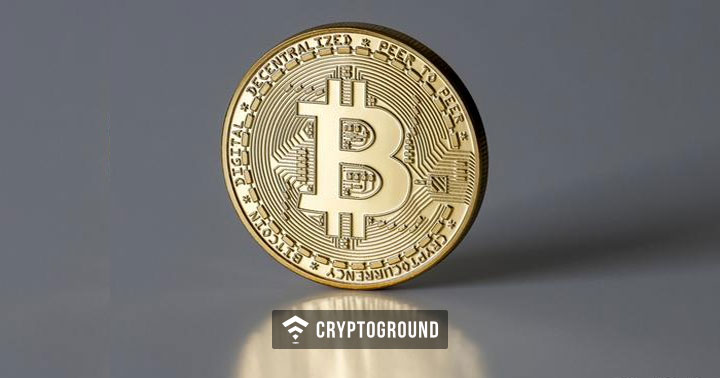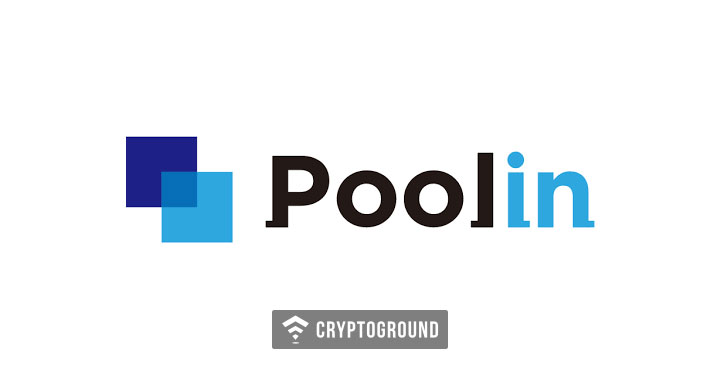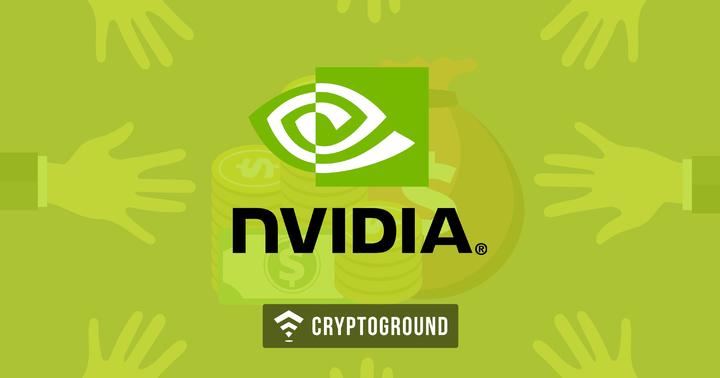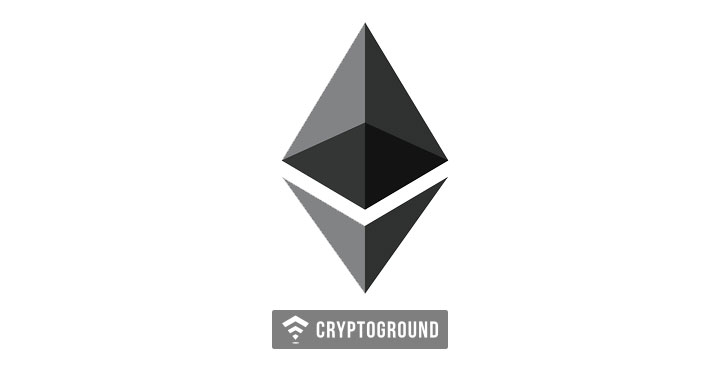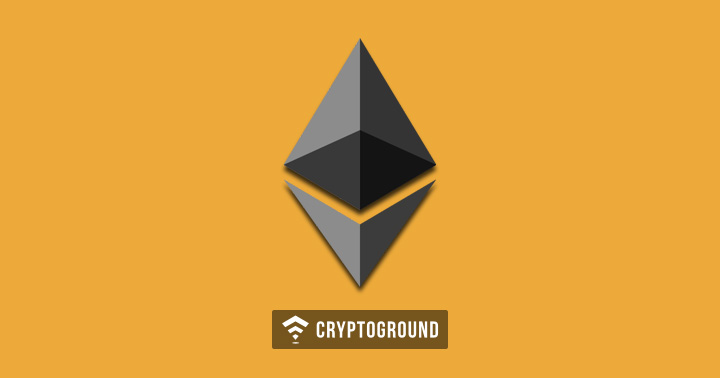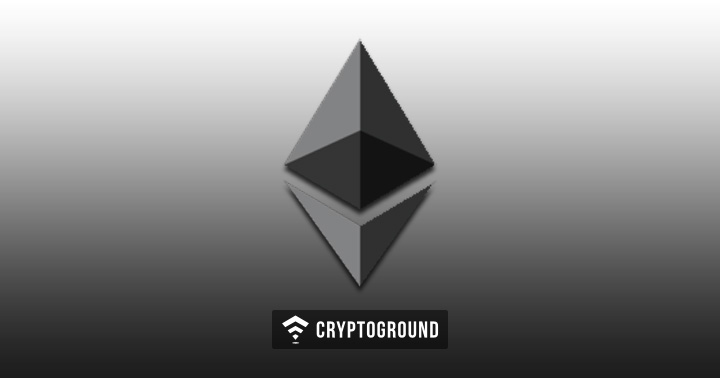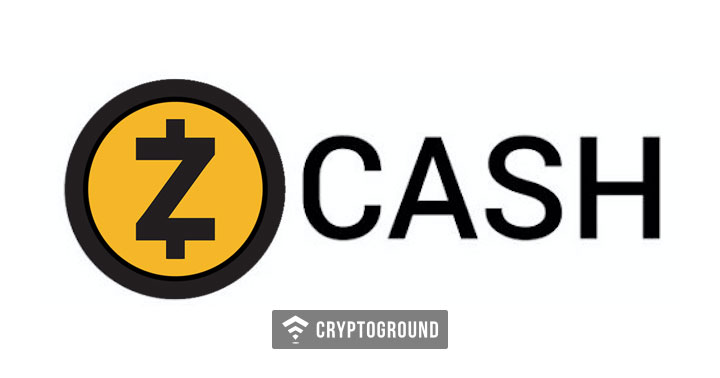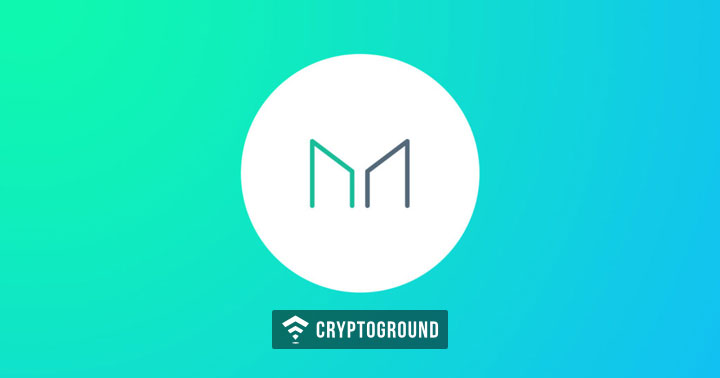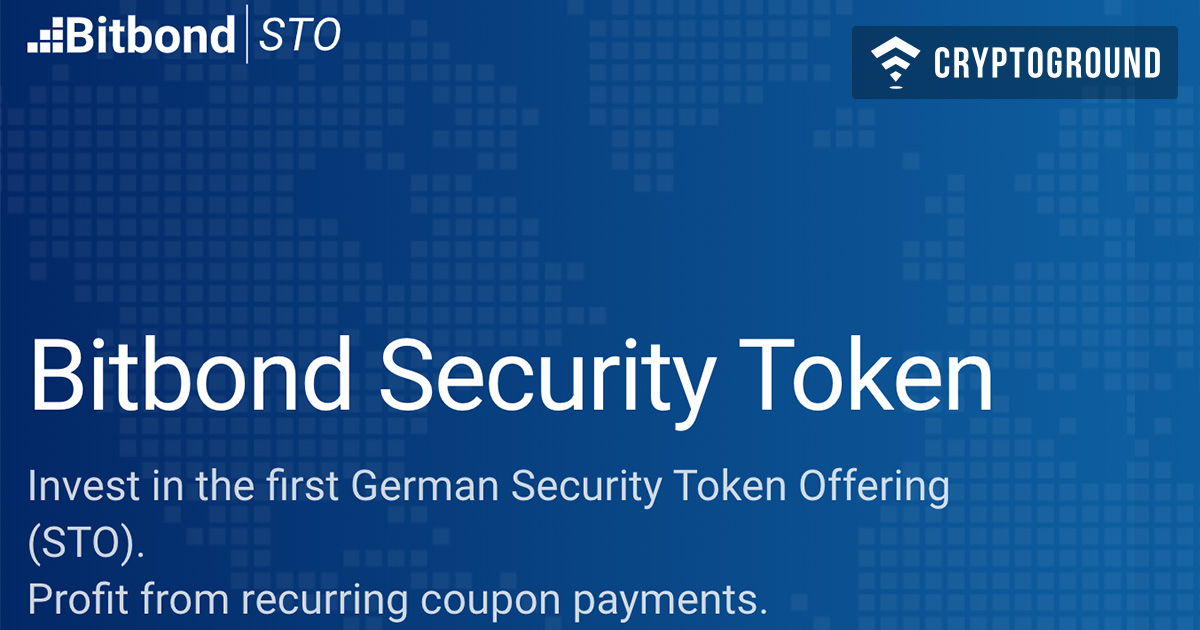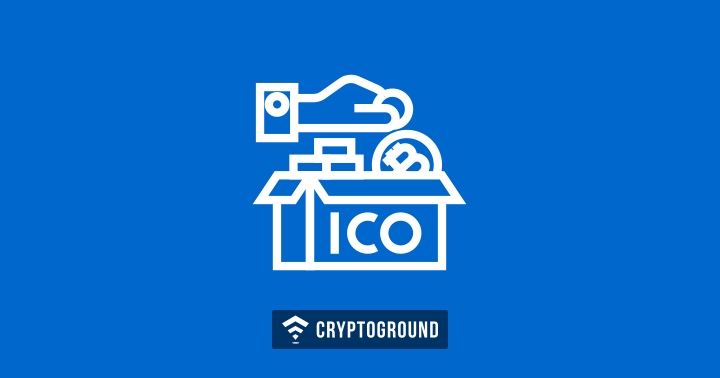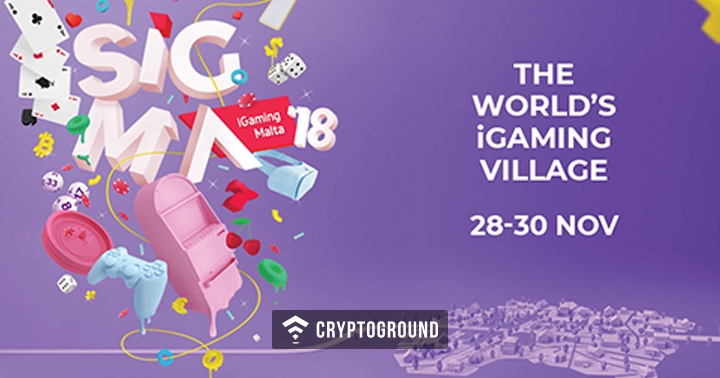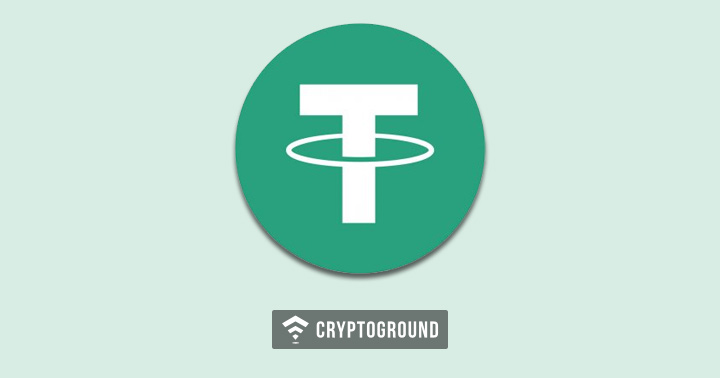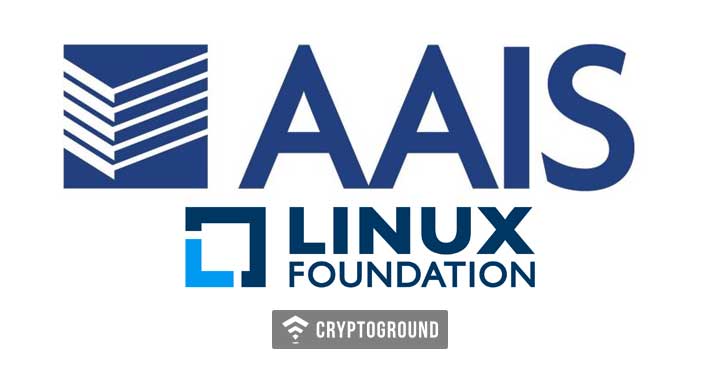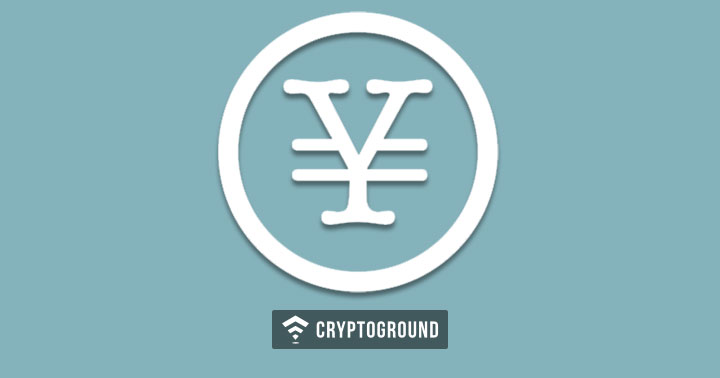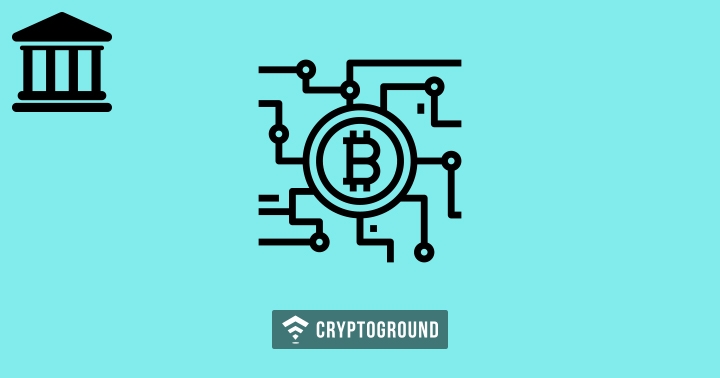How banks are using Blockchain?
How can banks benefit from using blockchain and how are banks using blockchain technology? These and similar questions have been asked repeatedly by fintech firms, banks, and regulators alike.
To answer that, one must understand what qualities of a business make blockchain an attractive proposition. Juniper Research, in 2017, pointed out that companies that need transparency in transactions, are currently dependent on paper-based legacy storage systems and have a high volume of information exchanged between its units benefit the most out of blockchain. The business of banking has all these three characteristics.
What technologies would banks adopt?
Unlike other industries, banks do not test new technologies frequently. Unless a technology like the blockchain becomes widespread, stable and secure, banks are extremely reluctant to consider using the technology.
Banks adopt technologies that meet the following criteria:
1. The technology must be proven safe. That’s obvious, considering that banks transact in billions of dollars on a daily basis. A breach anywhere could almost immediately shake the foundations of all business everywhere.
Does blockchain qualify as safe? Yes.
2. The technology must be widely accepted. No bank works in silos; they work in tandem with other banks at regional, national and international levels. That means if a technology isn’t used widely and doesn’t bring in universal standards, every bank would need to devise separate processes for transacting with every other bank – something that would quickly become unjustifiable.
Is blockchain widely accepted? Not yet.
3. The technology must have buy-in from regulators. The banking industry must adhere strictly to laws. If regulatory authorities aren’t convinced that the technology is impenetrable and potentially scalable, things won’t proceed.
Are regulators convinced? Not yet, but the SEC’s pending decisions can positively impact their outlook.
4. The technology must be forward-looking and open to future integrations. Deploying technology in banks is quite an expensive process, considering the precautions required and the numerous channels that access banking services. If a technology doesn’t promise to be easy to integrate with future changes, there’s no point accepting it.
Is blockchain flexible enough to handle future changes? Yes.
5. The technology must provide easy onboarding. Anything that’s unduly complicated to use is unlikely to find favor with banks, mainly because it can either slow down operations or make the system susceptible to human errors.
Does blockchain provide easy onboarding? Banks are working with various agencies on this.
6. The technology must clearly define obligations and controls. Banking transactions are all about accountability. For a technology to be adopted, it must be capable of defining where the controls lie, and quite literally, where the buck stops.
Does blockchain have these things defined? With blockchain, records are clearly established in an immutable manner. Internal controls are something that banks are yet to come up with.
7. The technology must open up newer opportunities. The new technology must cut costs and open up new revenue streams. In other words, the value proposition must be clear.
Is the blockchain value proposition clear? Blockchain can strengthen or improve current practices and create new opportunities. As an example, blockchain can change bank guarantees for commercial property leasing.
Banks using blockchain technology
Though blockchain originates in technology, its obvious applications in the world of finance and banking are enormous. That’s because of the three prime characteristics of blockchain technology: tamper-proof record-keeping, security and validity due to the cryptography, and a resilient system. Further, Capgemini quoted a Santander report which said blockchain has the potential of saving banks US$15-20 billion in infrastructural costs.
All this has prompted banks and financial institutions to work closely with blockchain in the following areas:
BankSign by Korean Banking Federation (KFB)
Old System: Traditional, inefficient verification system in place since over 20 years.
New System: Uses blockchain for identity verification and replace existing methods of ID verification
The Korea Federation of Banks (KFB) of South Korea has launched a new ID verification system that is based on blockchain technology. The new system, called BankSign, ran through trial runs in April 2018.
It is worth noting that the government authorities had earlier insisted that banks stick to traditional identity verification systems. Later the government approved of the new system, indicating authorities found the system foolproof, sturdy and scalable.
The new system, offered as an option to replace the existing system, has been built on Samsung’s blockchain platform NextLedger.
Mizuho Bank and Nipponkoa Insurance Japan
Old System: Conventional trade transactions took several days to complete.
New System: Uses blockchain technology to complete all processes related to trade finance
Mizuho Bank, Japan and Nipponkoa Insurance, Japan helped Marubeni Corporation completed a trade finance transaction between Marubeni Australia and Marubeni Japan, using distributed ledger technology. In July last year, the entire transaction was carried out using the blockchain technology.
After the purchase agreement, the request to issue LC was made. The LC, short for Letter of Credit, is a letter issued by one bank to another, guaranteeing payments for a sale transaction, typically cross-border transactions.
Upon issuance of LC by Mizuho, the shipment of goods is scheduled, an activity that involves registration of documents. The delivery of goods, settlement of payments, handing over of trade documents and all subsequent processes and documentation till the final funds settlements – all these were carried out using blockchain.
Note: In May 2018, HSBC carried out a similar transaction involving the export of soybeans from Argentina to Malaysia.
The Utility Settlement Coin (USC) from UBS
Old System: The traditional system is slower and more expensive.
New System: To make payments, settle transactions and effectively bypass clearing-houses
The Swiss bank UBS launched its first USC nearly three years back. Over time, the UBS has been joined by some of world’s leading banks. The USC has been conceived as a product that helps make payments using blockchain.
The USC is not a cryptocurrency itself but will be a digital coin against collateral, backed by cash assets. These coins could be used by banks to either pay one another or buy securities more quickly, more efficiently. It will have a version or an equivalent for each of the major currencies (GBP, USD, EUR, etc).
The Spanish banking group BBVA
Old System: The existing system is inefficient and took days to complete.
New System: To replace the processes of corporate loans with distributed ledger technology
The Spanish banking group BBVA (Banco Bilbao Vizcaya Argentaria), in April, became the first global bank to use blockchain technology for corporate loans. Distributed ledger technology was used to keep track of the progress of the 75-million Euro loan. The bank reported it cut down the negotiation time from days to hours.
More recently, the BBVA signed a US $ 117 million in loans with ACS, the engineering group. Apart from bringing in more transparency, blockchain empowers both the lender and the borrower to independently monitor the stages of the contract.
Santander Bank, UK
Old System: The current system is expensive and takes at least two days.
New System: To help the customer make international payments faster
In April this year, Santander Bank of the UK launched its blockchain-backed international money transfer services. The service, named Santander One Pay FX, will allow customers to transfer from one country to another.
Two things are important in the context of Santander One Pay FX. One, the service is available to retail customers. This marks the passing on of blockchain benefits to retail banking customers. Blockchain-backed banking services, till date, were largely available only to corporate customers.
Secondly, the service allows the transfer of money on the same day, or, in some cases, the next day. That evidences the speed advantage blockchain has over traditional banking methods.
Apart from greater efficiency, the distributed ledger technology-backed system is expected to reduce accounts reconciliation needs, a common practice in traditional accounting practices.
Usage of blockchain by Indian banks
Just like banks elsewhere, Indian banks to have begun experimenting with blockchain technology. Here are some of the banks of India that are testing blockchain technology:
YES Bank using Cateina Technologies’ solution
In January 2017, YES Bank leveraged blockchain technology for vendor financing. The technology was used for vendors of Bajaj Electricals.
The entire set of transactions was carried out on smart contract (Chain Code) created by Cateina Technologies. Supported by the cognitive services of IBM Watson, YES bank was able to disburse funds to the vendors of Bajaj Electricals. The entire process normally takes about 4 days, but using blockchain, the entire transaction was done almost real-time.
ICICI Bank using Stellar
ICICI has put to use blockchain to oversee the way money moves. Using Stellar’s open-source distributed ledger, customers both in India and abroad, can transfer money.
This transfer can be done through a free mobile wallet application that uses Stellar’s platform. While the money transferred is the commonly used fiat currency, these transactions are documented internally in cryptocurrency called lumens.
SBI using BankChain
BankChain is a joint effort of 37 member banks and financial institutions that include SBI, Deutsche Bank, Bank of Baroda, EXIM Bank, Kotak Bank and IndusInd Bank. BankChain aims to explore and fully exploit blockchain technology for banks.
SBI started by using BankChain for smart contracts built on the distributed ledger technology (DLT) solution. They started with two beta tests in November 2017. The logic behind smart contracts is basically minimizing the risk of bank’s lending. Smart contracts are written using DLT, which makes them public, traceable and immutable. That way they do not require an enforcement middleman or agency. BankChain is operated by the startup Primechain Technologies.
The next step for SBI is using blockchain for KYC (Know Your Customer). The process to prove who you are is currently anachronistic, as observed by IBM. That means there is considerable room for upgradation.
Axis Bank using Ripple
In November 2017, Axis Bank launched international payment services, powered by blockchain. The blockchain solution uses Ripple’s enterprise solution.
Ripple’s solution will help retail customers in India to receive payments from the UAE, through the RAKBANK, also known as The National Bank of Ras Al Khaimah. It will also allow corporate customers to receipt payments from Singapore through the Standard Chartered Bank.
Apart from the above, 7 Indian banks have joined Infosys-led blockchain-run collective called Trade Connect.
What are the challenges to using blockchain in banking?
The benefits of using blockchain technology in banks are obvious. But since blockchain is a very recent technology, it is met with a lot of challenges. The best outlook views blockchain with very cautious optimism.
As a result, even after a number of banks have successfully tested blockchain for a variety of their products, whole-hearted and total adoption of blockchain by banks has yet not happened. Here are some of the major challenges blockchain faces:
Resistance: Banks have been working with established practices for decades, some even longer. As a result, there’s a natural inertia within the banking industry. Thus, there is resistance at various levels regarding blockchain.
Trials have proved the safety of the blockchain network. Yet, from the point of view of banks, the size of data and results from these trials are very small as compared to both the industry size and its critical nature. So the resistance is still very much there.
Regulatory gaps: Blockchain, as a technology, is fundamentally unprecedented. There’s nothing in history that can be compared to it. While an EY report estimates that as many as 30 employees in central banks are working on blockchain, there’s no clear law or regulation that can be used as a reference to facilitate a more widespread usage of blockchain in banking.
Besides, banks believe the network hasn’t matured to the level where there can be universal regulations. The absence of commonly accepted regulations presents a major challenge, probably the biggest.
Multiple models: Fintech firms have been working in silos. Probably in the race to get banks to accept blockchain in a full-fledged manner, fintech firms have inadvertently developed different models.
Therefore, there are not one but multiple models out there. These models need some stitching to work together. Any stitching required between multiple solutions can potentially slow down the adoption – and from the banks’ point of view, stitching could also make the model vulnerable. Simply put, full compatibility of all models with all others is yet not a reality.
Technology lag: Banks aren’t technology specialists. Their teams are full of people who understanding credit and interest rates a whole lot better than they understand emerging technologies.
With only a few people in every team understanding blockchain, banks feel their teams might yet not be knowledgeable enough to implement novel technologies. Staff, right from head office to branches, would need to be educated, trained and tested before every branch can fully execute blockchain-based transactions. Banks, therefore, feel they’re not equipped enough to fully adopt a technology that’s very new and ground-breaking.
Compatibility issues: Banks, by the very nature of their business, are cautious in everything they approach. Blockchain, on the other hand, is a product of disruptive technology. As a result, the two couldn’t be more different.
For the two to work together on a permanent basis, banks will have to shake off their apprehension in adopting new stuff. Blockchain, on its part, will have to prove beyond every shade of doubt that it is completely stable and safe. Both of these will need a little time.
There are additional challenges too. For instance, an EY Round Table study suggests 80% of the time, the challenge to blockchain is “absence of demonstrated ability to handle the volume, resiliency, etc.”
Conclusion
Perhaps the ultimate test for distributed ledger technology is the banking sector adopting blockchain – or at least beginning trials. That’s because banking is almost the final frontier in technology adoption since banks are cautious in adoption of newer processes and newer technology. And there aren’t enough use cases yet to help banks bring blockchain to mainstream transactions.
Full adoption of blockchain technology in the banking industry isn’t a reality today. In fact, the way things stand today, we might have to wait a little longer before we see a full commercial rollout. And probably that might be a good idea too since the networks will get the time to mature and address every single concern that both banks and their regulatory bodies might have.
